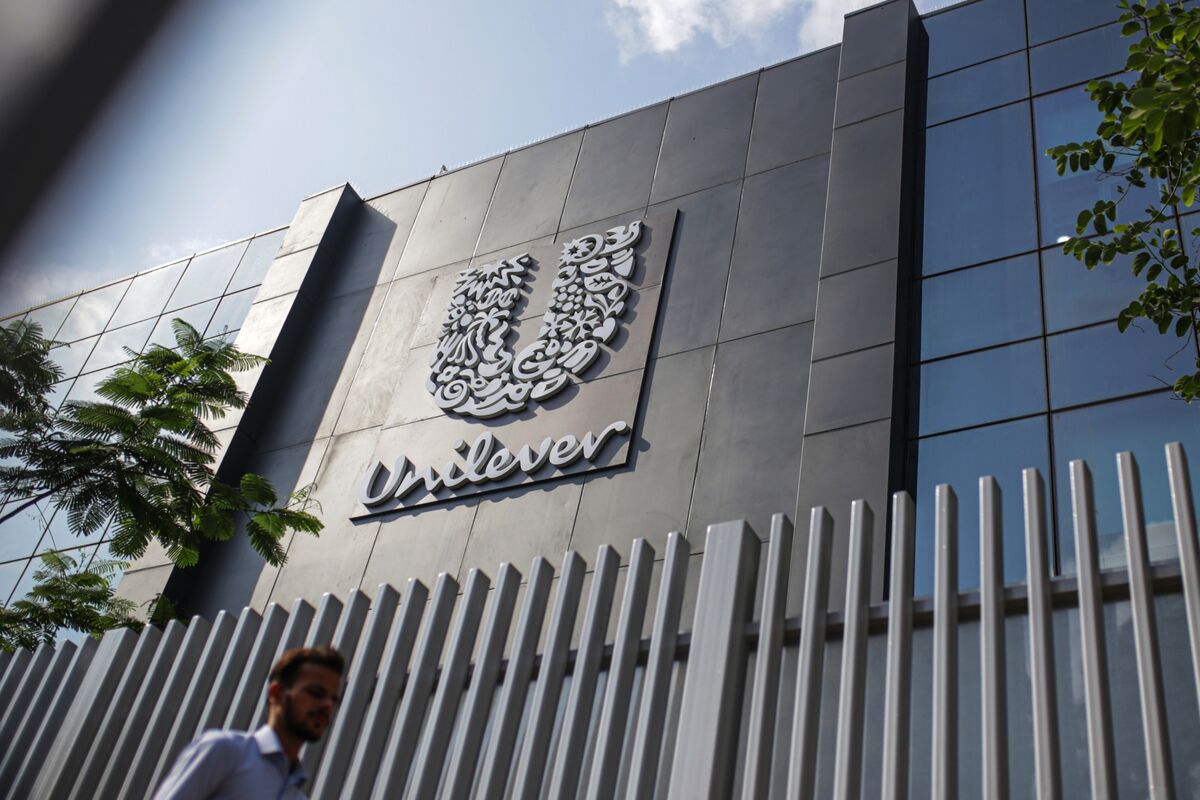One-Time Gains Fuel Unilever India's Higher-Than-Expected Profit

One-Time Gains Fuel Unilever India's Higher-Than-Expected Profit. Discover more detailed and exciting information on our website. Click the link below to start your adventure: Visit Best Website. Don't miss out!
Table of Contents
One-Time Gains Fuel Unilever India's Higher-Than-Expected Profit
Unilever India surprised analysts with a significantly higher-than-expected profit in the latest quarter, driven primarily by one-time gains. The FMCG giant's results underscore the resilience of the Indian consumer market despite ongoing inflationary pressures and global economic uncertainty. This unexpected surge in profitability raises questions about the sustainability of this growth and its implications for future performance.
Strong Q[Insert Quarter] Results Exceed Expectations
Unilever India announced a [Insert Percentage]% jump in its net profit for the [Insert Quarter] quarter of [Insert Year], reaching [Insert Rupees Amount] compared to [Insert Rupees Amount] in the same period last year. This figure significantly outperformed analysts' predictions, which had forecast a more modest increase. The company attributed the robust performance to a combination of factors, including strong sales growth across key product categories and the impact of one-time gains.
One-Time Gains Play a Significant Role
While the company highlighted strong underlying business performance, a significant portion of the profit surge stemmed from one-time gains. These gains included [Insert Details of One-Time Gains, e.g., asset sales, favorable exchange rate movements, etc.]. While these additions boosted the bottom line, they raise concerns about the long-term sustainability of this level of profitability. Investors will be keen to understand the extent to which these non-recurring items contributed to the overall results.
Underlying Business Performance Remains Robust
Despite the influence of one-time gains, Unilever India’s underlying business performance remains noteworthy. The company demonstrated strength across several key product categories, including:
- Home Care: [Insert Specifics on Home Care Performance, e.g., Strong growth in detergent sales driven by new product launches.]
- Personal Care: [Insert Specifics on Personal Care Performance, e.g., Increased demand for premium skincare products.]
- Foods and Refreshments: [Insert Specifics on Foods and Refreshments Performance, e.g., Resilient performance despite price increases.]
This indicates a healthy consumer demand for Unilever's products in India, even in a challenging economic environment.
Navigating Inflationary Pressures
Unilever India, like other FMCG companies, continues to navigate the complexities of inflationary pressures. Rising input costs have necessitated price increases, and the company will need to carefully manage these dynamics to maintain market share and consumer affordability. The company's strategy for managing inflation will be a key factor to watch in upcoming quarters.
Future Outlook and Investor Sentiment
The strong Q[Insert Quarter] results have generally been received positively by investors. However, the significant contribution of one-time gains adds a layer of uncertainty to the outlook. Analysts will be scrutinizing the company's performance in the coming quarters to assess the sustainability of this growth and the long-term impact of inflationary pressures.
Keywords: Unilever India, FMCG, profit, earnings, India, consumer market, inflation, one-time gains, Q[Insert Quarter] results, financial performance, stock market, investment, home care, personal care, foods and refreshments, economic growth.
Call to Action: Stay tuned for further updates on Unilever India's performance and analysis of the Indian FMCG sector. Follow us for the latest news and insights!

Thank you for visiting our website wich cover about One-Time Gains Fuel Unilever India's Higher-Than-Expected Profit. We hope the information provided has been useful to you. Feel free to contact us if you have any questions or need further assistance. See you next time and dont miss to bookmark.
Featured Posts
-
 La Champions League Sonrie Al Rb Leipzig Primera Victoria Asegurada
Jan 24, 2025
La Champions League Sonrie Al Rb Leipzig Primera Victoria Asegurada
Jan 24, 2025 -
 Shai Gilgeous Alexanders 54 Point Explosion Leads Thunder
Jan 24, 2025
Shai Gilgeous Alexanders 54 Point Explosion Leads Thunder
Jan 24, 2025 -
 Cardiovascular Health New Research On 4 5 Minute Intense Exercise
Jan 24, 2025
Cardiovascular Health New Research On 4 5 Minute Intense Exercise
Jan 24, 2025 -
 Leadership Void Trump Eras Impact On Us Cybersecurity
Jan 24, 2025
Leadership Void Trump Eras Impact On Us Cybersecurity
Jan 24, 2025 -
 Copa Sao Paulo Junior Derrota Do Gremio Para O Corinthians
Jan 24, 2025
Copa Sao Paulo Junior Derrota Do Gremio Para O Corinthians
Jan 24, 2025
Latest Posts
-
 Deckee App Yanchep News On Dfes And Marine Rescue Wa Collaboration
Feb 05, 2025
Deckee App Yanchep News On Dfes And Marine Rescue Wa Collaboration
Feb 05, 2025 -
 Adrianne Baums Impact On Contemporary Art A Critical Analysis
Feb 05, 2025
Adrianne Baums Impact On Contemporary Art A Critical Analysis
Feb 05, 2025 -
 Is Puto Offensive A Sensitivity Guide To Its Usage
Feb 05, 2025
Is Puto Offensive A Sensitivity Guide To Its Usage
Feb 05, 2025 -
 C Battery Recycling A Guide To Responsible Disposal
Feb 05, 2025
C Battery Recycling A Guide To Responsible Disposal
Feb 05, 2025 -
 Sam Newman Fresh Allegations Surface Regarding Blair Interview
Feb 05, 2025
Sam Newman Fresh Allegations Surface Regarding Blair Interview
Feb 05, 2025
